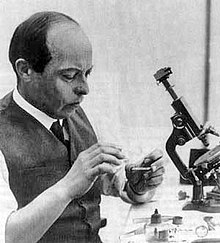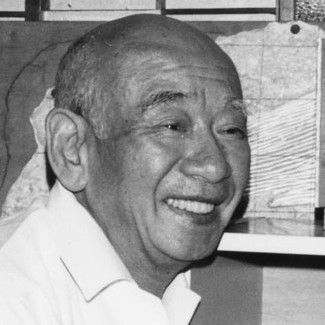Ladislaw Starewicz

Created first feature films The Tale of the Fox. This was completed in 1930 (10 years in the making)
It features his signiture animation style of humanized animals wearing clothes and standing upright (Now known as Anthropomorphic)
Funding for a German soundtrack came form the Nazi Regime and premiered in Berlin 1937. Released in 1941 with French soundtrack.
Based on Dutch and French folk tales. AN anti-Semitic version of the story was published in Holland in 1937.
FRANCE/CZECH REPUBLIC
Berthold Bartosch
Moved to Berlin and collaborated with other animators. Moved to Paris in 1930 and made The Idea, based on a series of stylised woodcuts by Frans Masereel.
Filmed cutout drawings on multiple levels of glass. Soft lighting affects achieved by back-lights and soap smears.
The story is about a dreamer who conceives and idea the appears in the form on a small naked female figure. The films was seen by only a small number of people. Worked on Anti-war film, that then got destroyed by WW2.
FRANCE/RUSSIA.USA
Alexandre Alexeieff and Claire Parker

These two came up with an orginal idea for animation and built a pinscreen device composed of hundreds of pins that slid in out of a grid which would produce a relief of shadow images when lit from the side.
Made Night on Bald Mountain. Likely to have influenced the Night on Bald Mountain sequence from Disney's Fantasia in 1940. Also created Le Nez (The Nose)
FRANCE/UK/USA
Anthony Gross and Hector Hoppin

Created La joi de vivre in 1934. Films happy feel was a form of escapism from the reality of Europe at that time. Fascism was on the rise with war around the corner. Production of Around the World in 80 Days was interrupted by WW2. Work was lost, some rediscovered in a British archive. Restored as a short film re-titled Indian Fantasy.
RUSSIA
Aleksander Ptushko

Made The New Gulliver, an adaption of Gulliver's Travels with a cast of 3000 puppets. Russia's policy meant that film makers were encouraged to create moralistic and traditional children stories that often contained pro-soviet propaganda.
Ivan Ivanov-Vano
General policy was animation was a public service to provide Traditional folks stories and educational films for children. Animators where told to use the Eclair system, which involved rotoscoping. Created The Humpbacked Little Horse.
GERMANY
Oskar Fishinger

Nazi put polices against degenerate art (modernist or abstract art) Fishnger defined his work as decorative rather than abstract. he produced commercials for Muratti Tobacco. His abscract film Composition in Blue was an attempt to express Joy. Worked for short periods for Paramount, MGM and Disney.
UK
Norman McLaren

Used different techniques such as drawing on film (Len Lye)
Work can be described as visual noise
UK/Hungary
Halas and Batchelor

Founded in 1940 by married couple, John Halas and Joy Batchelor. Created animated films about the British was effort and propaganda.
Both belived that animation was an art form that could be used for good. They experimented with different techniques form low-tech paper cutouts through to pioneering computer animation.
Produced over 2000 films ranging from propaganda to informative films and TV series.
UK
Larkins Studio
Bill Larkins opened his own studio in London 1940, producing two training films for the army during WW2. Spearheaded the advance towards a stylised, simplified form of animation. Only produced information films. Made T for Teacher. It was about how to make tea with the permitted permissions, using angular, jagged and graphic extremes that were progressive at the time.
CHINA
Wan Brothers
Made China's first animated short film, Uproar Studio. Wan Brothers made several politically-motivated films in protest of the invasion when the Japanese invaded Shanghai. Snow White and the Seven dwarfs inspired their princess and the Iron Fan.
JAPAN
Kenzo Masaoka

Created the first Japanese animation with sound and made with cel animation. Established his own studio, but was put into a larger unit to create propaganda during WW2. made The Spider and the Tulip which was reprimanded due to the film having no propoganda angle.
Toy Box:Picture Book
Momotaro vs Mickey Mouse, Momotaro was a popular folk tale character who appeared in a number of propaganda cartoons. Propaganda attempted to motivate the Japanese public into building up military resources against America.
No comments:
Post a Comment